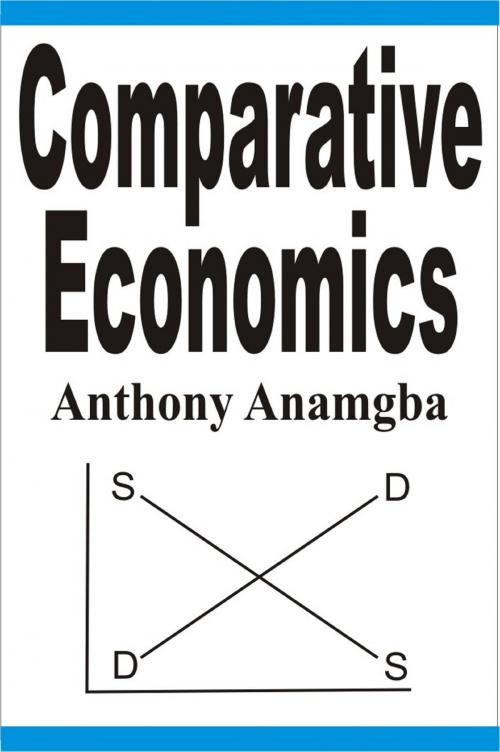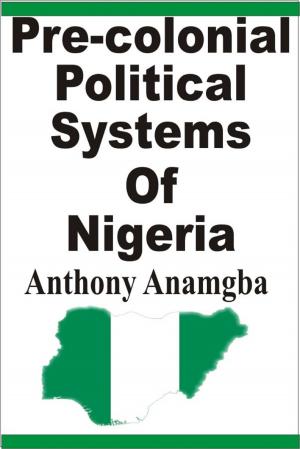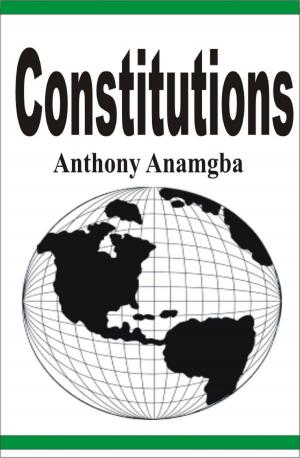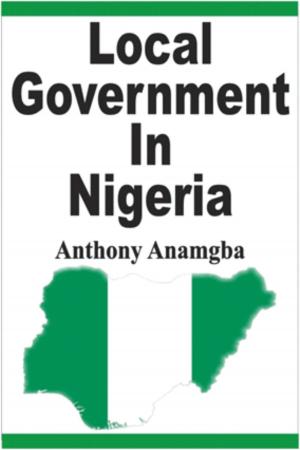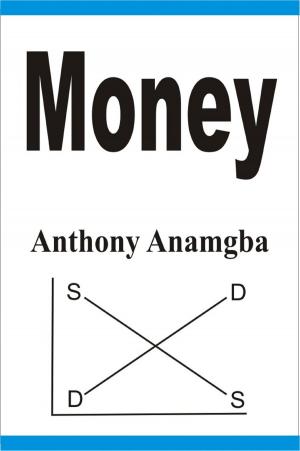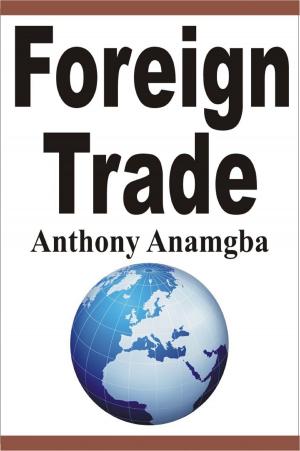| Author: | Anthony Anamgba | ISBN: | 9781370391004 |
| Publisher: | Anthony Anamgba | Publication: | March 13, 2017 |
| Imprint: | Smashwords Edition | Language: | English |
| Author: | Anthony Anamgba |
| ISBN: | 9781370391004 |
| Publisher: | Anthony Anamgba |
| Publication: | March 13, 2017 |
| Imprint: | Smashwords Edition |
| Language: | English |
The four economies that make up the Asian Tigers are Hong Kong, Singapore, South Korea, and Taiwan. They have been the fastest growing economies in the world from the 1960s to the 2000s. These economies are notable for maintaining an exceptionally high economic growth rate of about 7% annually for the past three decades.
It is in this lucid manner that this book will teach you Comparative Economics.
It clearly explains the economy of Hong Kong:
‘The economy of Hong Kong is a good example of a successful capitalist or free market economy. It has a minimal government intervention in the economy. It started with the manufacturing sector and later shifted to the service sector.’
It analyzes the economy of Singapore:
‘Singapore has an open business environment that is transparent and relatively free from corruption. Its highly skilled labour force, favourable tax regime, and strong government regulatory policies have created conducive business environment for companies and industries.’
It appraises the economy of South Korea:
‘The economy of South Korea is dependent on international trade. The government promotes the importation of technology and raw materials at the expense of consumers’ goods. It also encourages savings and investments over consumption. It adopts an export-oriented economic strategy to fuel its economy.’
It evaluates the economy of Taiwan:
‘International trade has been the engine of Taiwan’s rapid growth during the past 40 years. Taiwan’s economy remains export-oriented. Exports, led by electronics, machinery and petrochemicals, have contributed immensely to its economic development.’
It discusses the economy of Japan:
‘Manufacturing is one of Japan’s strengths, but the country has a few natural resources. Its economy is highly dependent on imported raw materials and fuels. One common pattern is for Japanese companies to import raw materials and then process them into finished products which are sold domestically or exported. With little resources, Japan has been able to make it economically.’
And it compares the economies of the Asian Tigers with several economies in Africa, Asia and Latin America . It draws economic lessons that will be particularly valuable to most developing countries.
The four economies that make up the Asian Tigers are Hong Kong, Singapore, South Korea, and Taiwan. They have been the fastest growing economies in the world from the 1960s to the 2000s. These economies are notable for maintaining an exceptionally high economic growth rate of about 7% annually for the past three decades.
It is in this lucid manner that this book will teach you Comparative Economics.
It clearly explains the economy of Hong Kong:
‘The economy of Hong Kong is a good example of a successful capitalist or free market economy. It has a minimal government intervention in the economy. It started with the manufacturing sector and later shifted to the service sector.’
It analyzes the economy of Singapore:
‘Singapore has an open business environment that is transparent and relatively free from corruption. Its highly skilled labour force, favourable tax regime, and strong government regulatory policies have created conducive business environment for companies and industries.’
It appraises the economy of South Korea:
‘The economy of South Korea is dependent on international trade. The government promotes the importation of technology and raw materials at the expense of consumers’ goods. It also encourages savings and investments over consumption. It adopts an export-oriented economic strategy to fuel its economy.’
It evaluates the economy of Taiwan:
‘International trade has been the engine of Taiwan’s rapid growth during the past 40 years. Taiwan’s economy remains export-oriented. Exports, led by electronics, machinery and petrochemicals, have contributed immensely to its economic development.’
It discusses the economy of Japan:
‘Manufacturing is one of Japan’s strengths, but the country has a few natural resources. Its economy is highly dependent on imported raw materials and fuels. One common pattern is for Japanese companies to import raw materials and then process them into finished products which are sold domestically or exported. With little resources, Japan has been able to make it economically.’
And it compares the economies of the Asian Tigers with several economies in Africa, Asia and Latin America . It draws economic lessons that will be particularly valuable to most developing countries.
